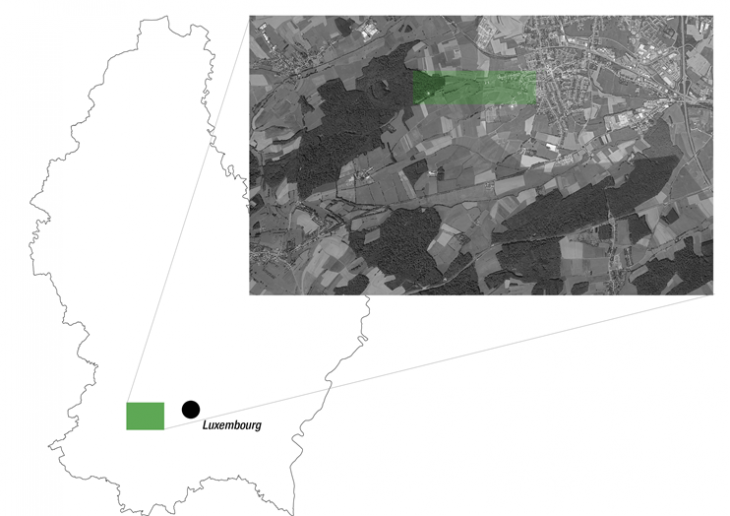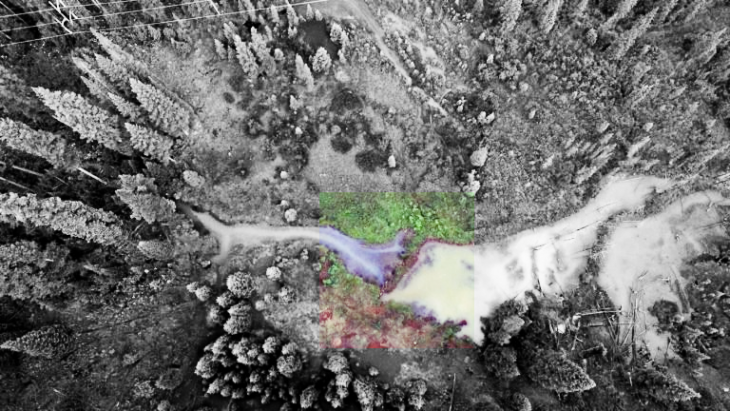Introduction
Beaver is considered to be “ecosystem engineers” because these animals change habitats by using trees as a building material for their dams, digging canals, and building lodges. All these processes alter the distribution and abundance of many other animals and plants by indirect interactions mostly by creating a pond of still water behind the dam.
This pond is then colonized by animals and plants that typically live in lakes rather than streams. Organisms dependent on fast-moving water die out in the beaver pond or move to parts of the stream where the flow of water has not been slowed by the beaver dam.
Commonly known that wetlands are the most preferable environment for beaver distribution.
In Bertrange, a commune in Luxembourg, there is a chain of wide and diverse wetlands that are very segregated but have great potential to be the hugest of continued wetlands chains in the whole country.

Area in Bertrange commune
The main issues in this territory were closest to an urban area and poor water sources. Current river behavior is represented in the simulation below.

In some parts, it can be flooded in the wet season. Especially it’s unwanted in urban areas of Bertrange. While in more natural parts it’s lack of water and wet areas throughout the year.
To make this situation more balanced reintroducing beaver to this area is appear like a good decision.
With this project, there was an attempt to run the flow of the Pétrusse river considering beaver dams and predict potentially dry and wet areas. In the first simulation, there is a normal water flow before the beaver’s intervention.

The second one represents a bigger flooded area in the north-eastern part of Pétrusse and more expanded water sources in the middle. 
BEAVER LANDSCAPE OF LUXEMBOURG is a project of IAAC, Institute of Advanced Architecture of Catalonia developed at Master in City and Technology in 2020/21 by student: Arina Novikova and faculty: Eugenio Bettucchi and Iacopo Neri
